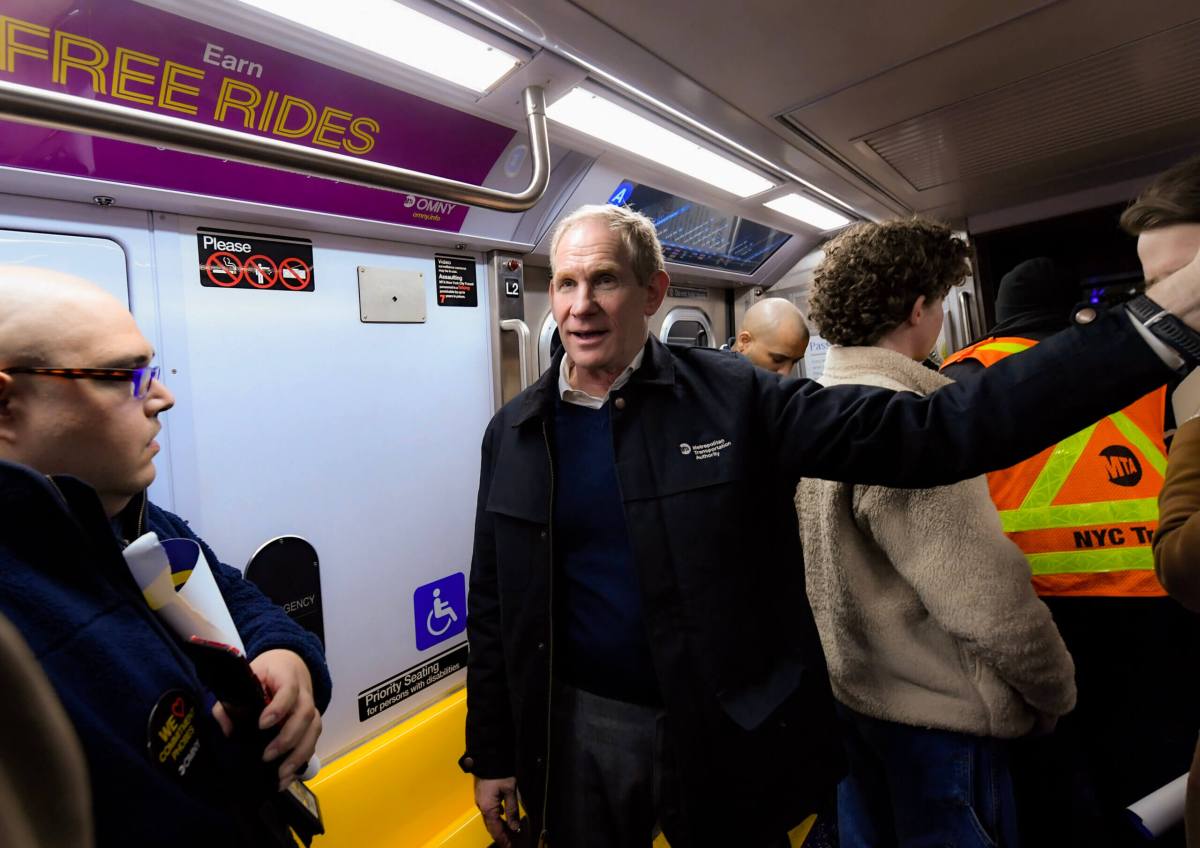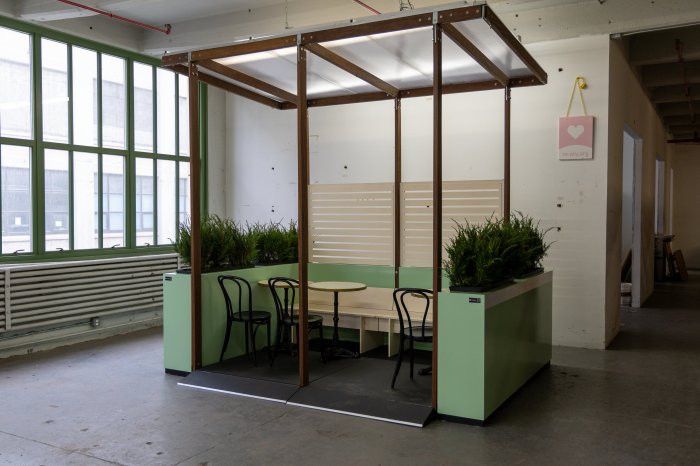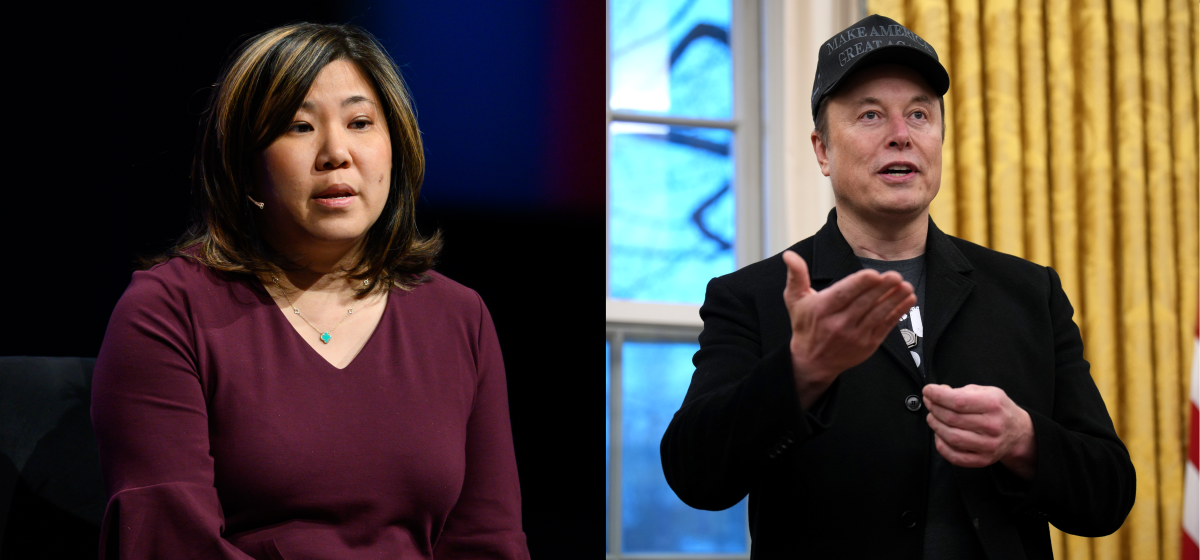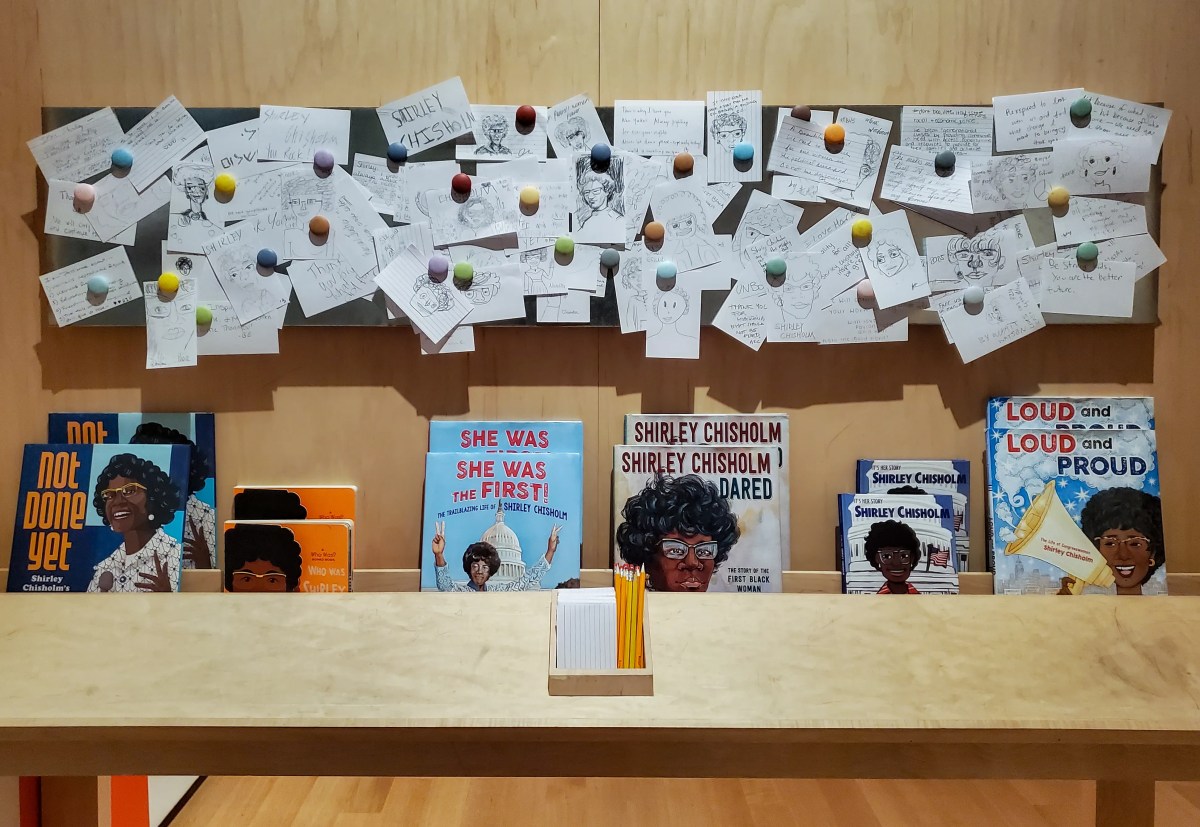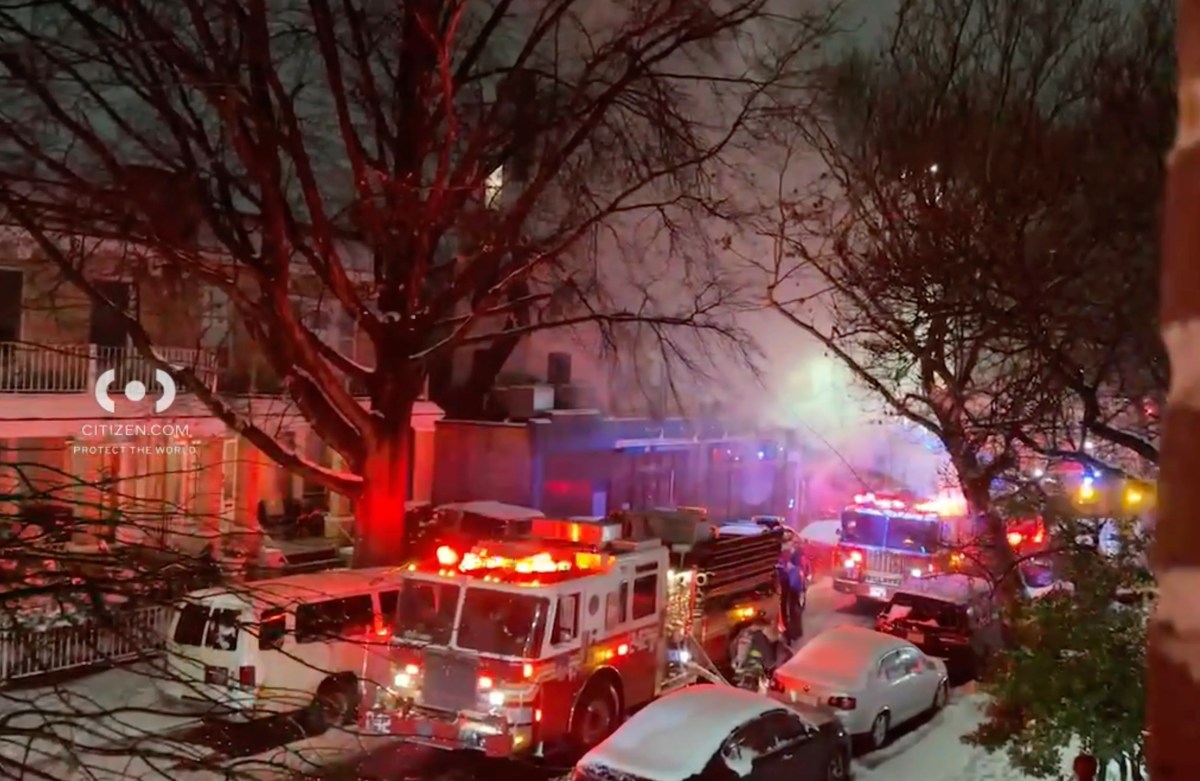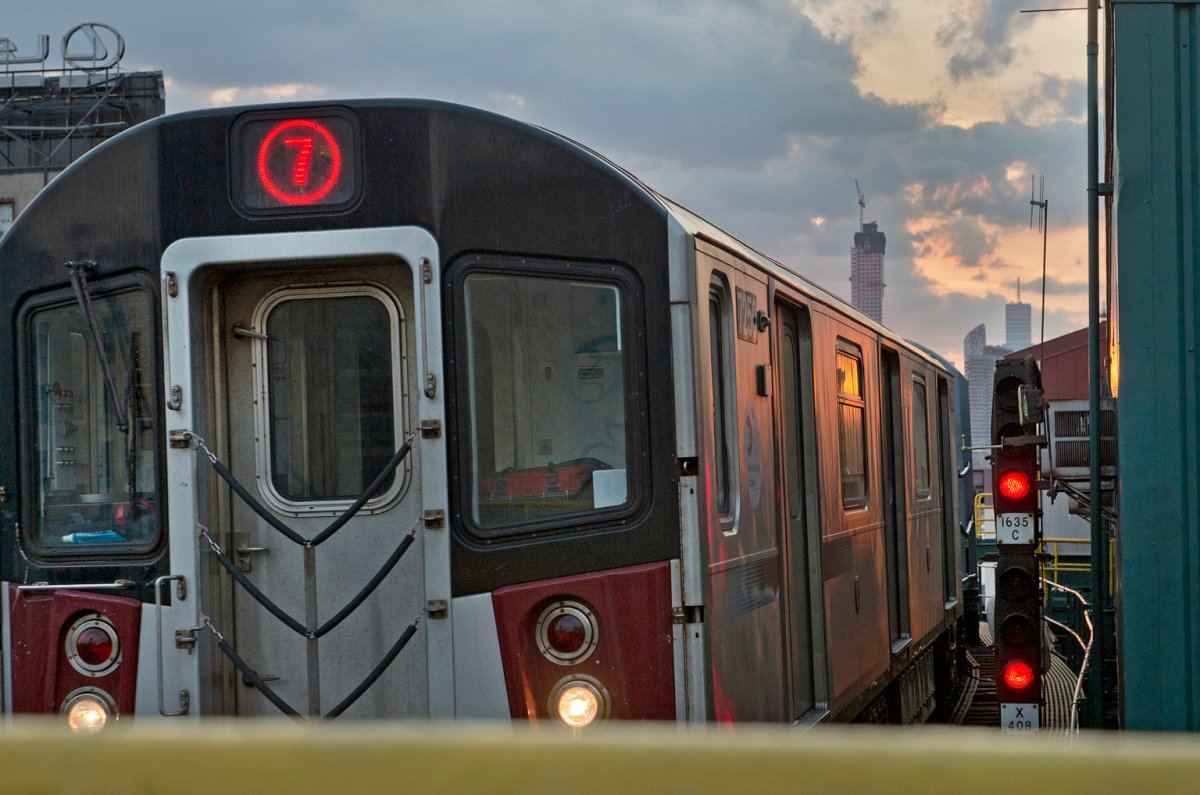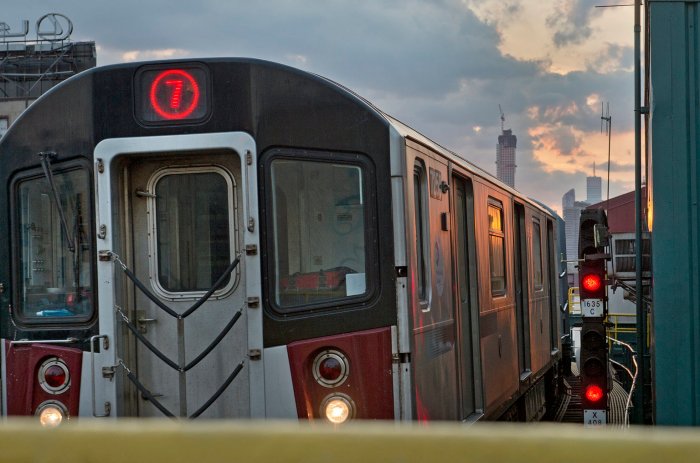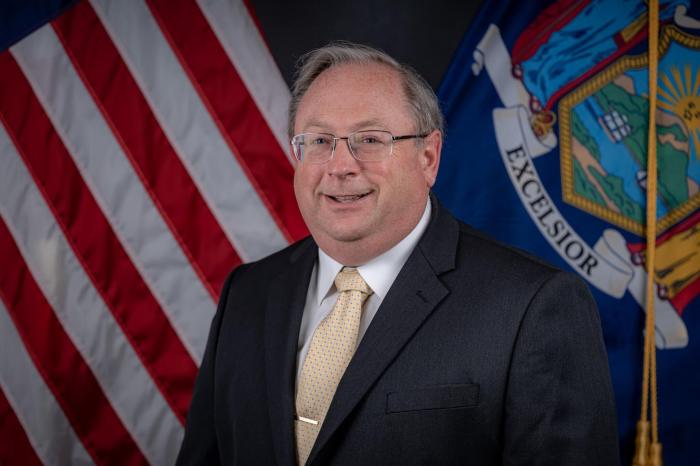MTA Chair Janno Lieber on Wednesday threw cold water on his agency’s ongoing free bus pilot program, expressing concern that it “sends the wrong message” to riders even as Albany lawmakers are in 11th-hour talks on potentially expanding it.
Lieber made the remarks in conversation with Crain’s New York Business Editor Cory Schouten, at the organization’s Power Breakfast at the New York Athletic Club on Wednesday morning. The transit honcho told the assembled power players that he believes free bus service, which has run on one line in each of the five boroughs since September, “send[s] the wrong message” to riders as the agency attempts to get a lid on fare evasion, which comprises about 40% of all riders and cost the authority nearly $700 million in lost revenue in 2022.
“I am concerned that free buses send the wrong message at a moment that we’re trying to push back on fare evasion,” said Lieber.
No real relief?
Lieber also contended that the pilot program, approved in last year’s state budget, has not actually delivered fiscal relief to the city’s most financially-pinched straphangers, as most of the riders on the free bus routes had already been taking those lines anyway.
“What we found so far, and we haven’t finalized all our analysis, it is not necessarily benefitting the lowest income folks,” Lieber told Schouten. “90%+ of the people who are riding the free buses always rode that same bus or one on that route. So there’s not much incremental ridership, it tends to be folks who are a little better off. I would rather keep pressing forward on targeted affordability.”
The pilot is intended to gauge what impact free service may have on ridership levels, bus speeds, and service delivery. But the MTA has not yet made any data collected from the pilot available to the public, though New York City Transit President Richard Davey told Our Town NY in December that ridership was up on the lines by about 7-20%.
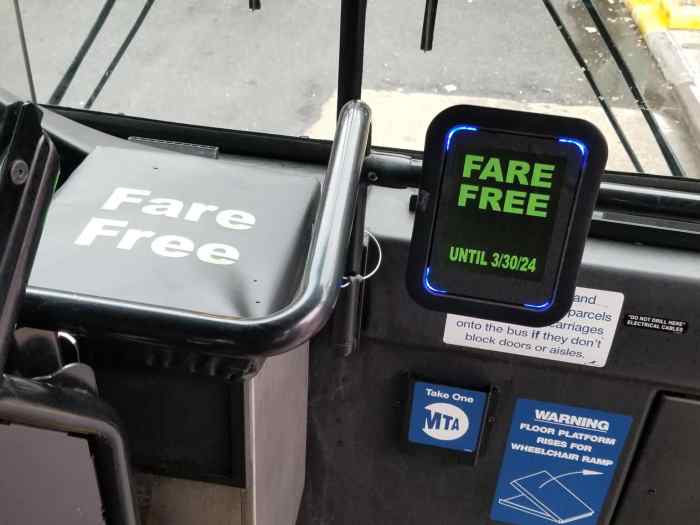
MTA spokesperson Dave Steckel said the agency will compile a report with all the data “in the coming months,” and “once the report is complete, the data will be available to the public.”
The free bus pilot started in September and runs on five lines: the Bx18 in the Bronx, the B60 in Brooklyn, the M116 in Manhattan, the Q4 in Queens, and the S46/96 in Staten Island.
Earlier this week, Gov. Kathy Hochul announced that she and legislative leaders had reached “the parameters of a conceptual agreement” on a $237 billion state budget, two weeks past the deadline, but the document has not been finalized.
The Assembly and Senate had proposed expanding the bus pilot to 15 lines, three in each borough, and inject $90 million of state funds to bolster bus service ahead of the start of congestion pricing.
The decision to include it in the budget has not yet been finalized, but Lieber told reporters outside the New York Athletic Club that despite his reservations, “if it is part of the budget, then we will implement it in good faith.”
Lieber said he preferred approaches to “make transit more affordable” to the lowest-income New Yorkers. He has, for instance, voiced support for expanding the Fair Fares low-income MetroCard discount, and has expanded discounts for commuter rail trips within the five boroughs.
However, reached for comment, Queens Assemblymember Zohran Mamdani, the lower chamber’s main proponent of the free bus pilot, disputed the contention that the program was disproportionately benefitting well-off riders.
“The reality is that 1 in 5 New Yorkers who rely on transit now can’t afford the fare,” said Mamdani. “We know this hardship has consequences — 20% of low-income New Yorkers didn’t take a job opportunity or seek medical care because of the high cost of transit. We need to meet economic need with positive state investments.”
Read more: NYC Prepares for Congestion Pricing – Toll Installation



